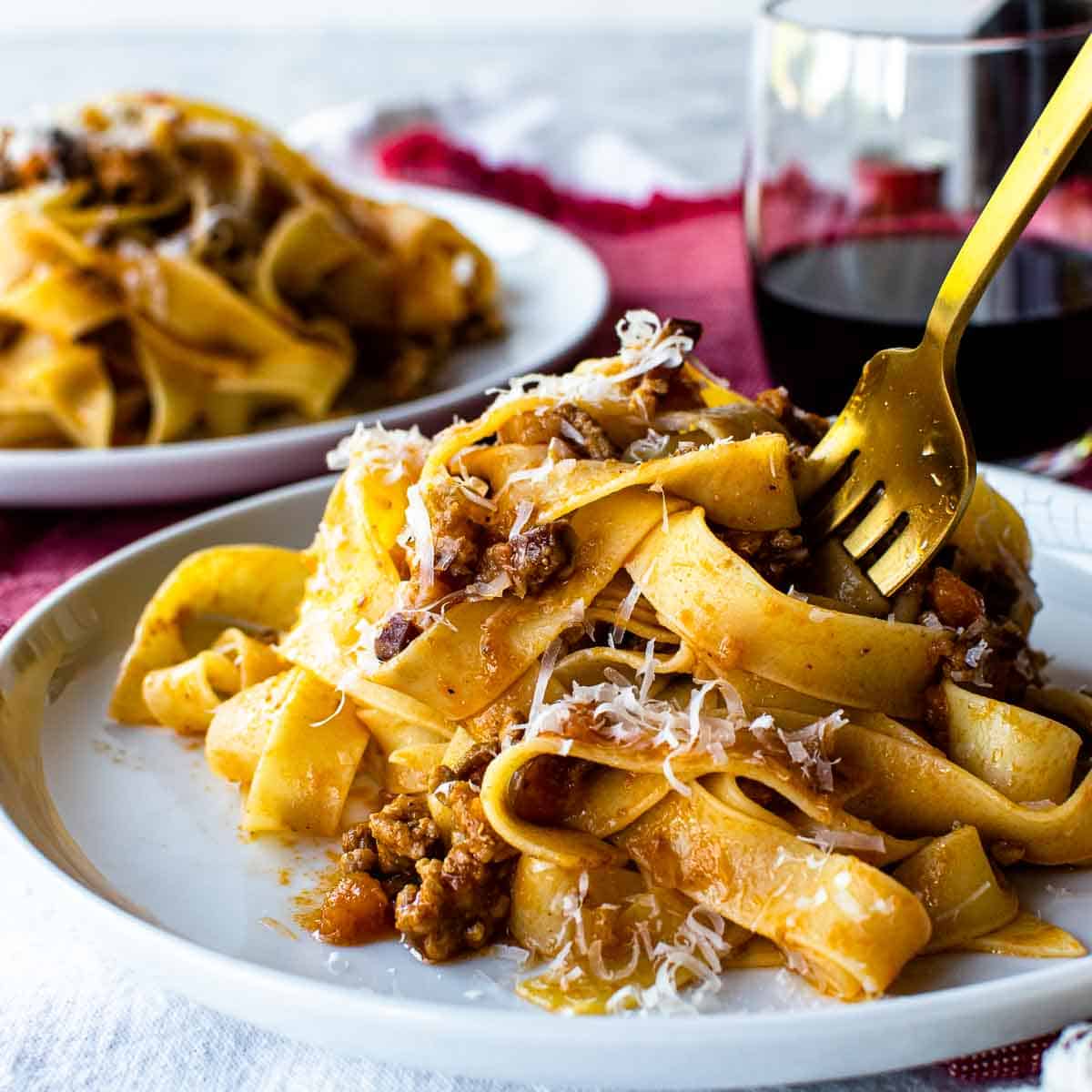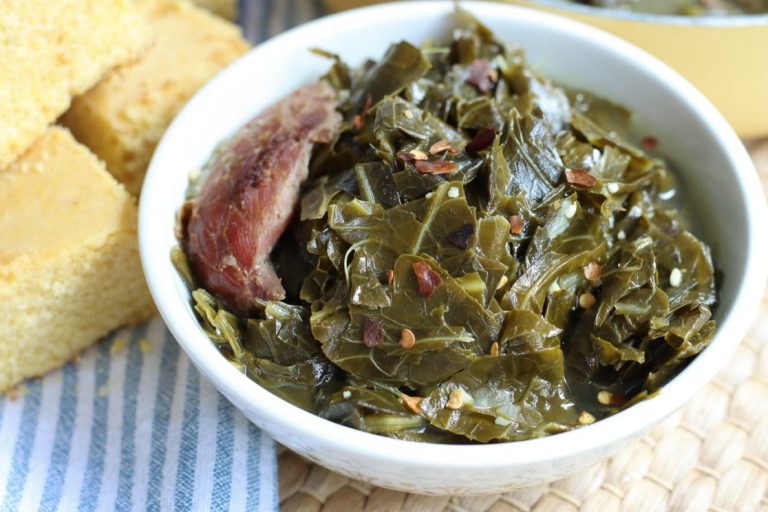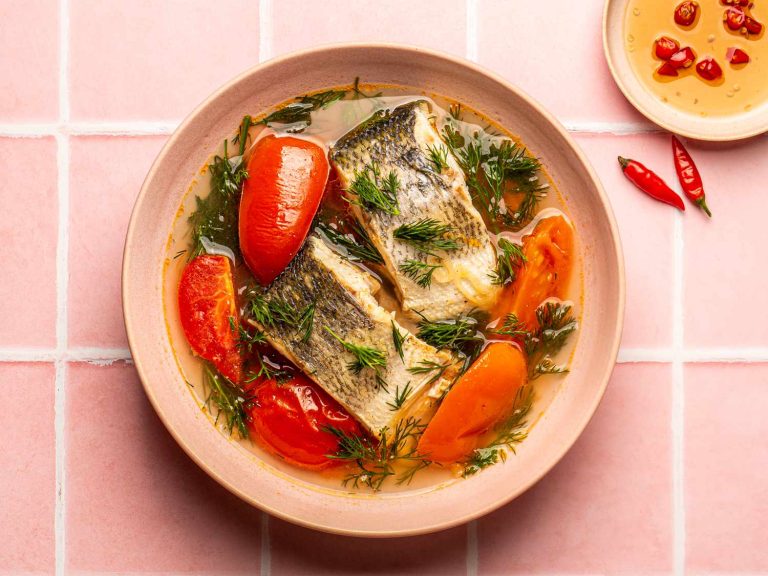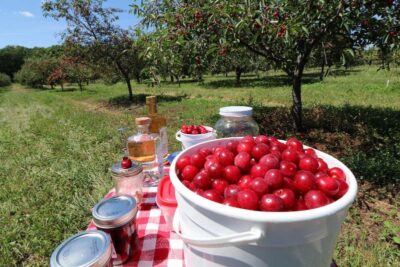Bolognese Tagliatelle Recipe
Bolognese Tagliatelle boasts deep roots in Italian cuisine, originating in Bologna, Emilia-Romagna. The region’s fertile plains and dedicated culinary traditions give life to this iconic dish. Historical documents suggest that Bolognese Tagliatelle dates back to the Renaissance period, emphasizing local meats, dairy, and wheat production. By the 16th century, pasta-making techniques had significantly evolved, establishing tagliatelle as a beloved staple. Delving into Italy’s gastronomic history enriches your appreciation of Bolognese Tagliatelle’s authentic flavors and cultural significance.
Evolution Over the Centuries
Bolognese Tagliatelle’s evolution mirrors Italy’s shifting culinary landscape. During the 18th century, the incorporation of tomatoes from the New World transformed traditional recipes, giving birth to the rich, tomato-based sauce we recognize today. In the 20th century, World War II influenced Italian cooking, emphasizing resourcefulness and simplicity, which further refined the dish. Modern interpretations continue to honor classic techniques while incorporating contemporary tastes. Understanding the dish’s evolution offers insights into how historical events and cultural exchanges shape traditional Italian cuisine.
| Period | Key Developments |
|---|---|
| Renaissance | Adoption in Bologna; emphasis on local ingredients |
| 16th Century | Advancement in pasta-making techniques |
| 18th Century | Integration of tomatoes; emergence of modern sauce |
| 20th Century | Influence of WWII; focus on simplicity and refinement |
| Contemporary | Fusion of traditional recipes with modern innovations |
Capturing these key milestones provides a comprehensive view of how Bolognese Tagliatelle has become a cherished Italian dish, celebrated for its rich history and evolving taste.
This deeper understanding reinforces the cultural depth behind your culinary experiences.
Key Ingredients of Bolognese Tagliatelle
Understanding the Importance of Fresh Pasta
Fresh pasta gives Bolognese Tagliatelle its unique texture and flavor. It’s traditionally made with durum wheat flour, eggs, and a pinch of salt. Durum wheat flour provides the pasta with its firm texture. When fresh, the pasta absorbs the rich meat sauce better, enhancing the overall taste.
The Traditional Meat Sauce Components
Bolognese sauce is defined by its rich blend of ingredients. Key components include:
- Ground meats: Typically, a mix of beef and pork.
- Vegetables: Onion, celery, and carrot (soffritto) form the base.
- Tomatoes: Canned tomatoes or tomato paste add acidity.
- Wine: Both red and white wine are used to deglaze the pan, adding depth.
- Broth: Beef broth for richness.
- Dairy: Milk or cream balances the acidity and enhances texture.
- Olive Oil: Used for sautéing the soffritto.
To highlight traditional authenticity, ensure high-quality, fresh ingredients.
Preparation Techniques
Making the Perfect Tagliatelle Pasta
Creating perfect tagliatelle pasta starts with high-quality ingredients. Use durum wheat flour, eggs, and a pinch of salt. Mix flour and eggs on a clean, flat surface until you achieve a dough. Knead the dough vigorously for 10 minutes to develop gluten. Wrap it in a damp cloth and let it rest for 30 minutes.
After resting, roll out the dough as thin as possible, aiming for a thickness of about 1 millimeter. Use a pasta machine or rolling pin. Cut the rolled dough into strips about 6-8 millimeters wide. These measurements ensure authentic width. Dry the strips slightly before cooking to achieve an ideal texture.
Secrets to a Flavorful Bolognese Sauce
Creating a flavorful Bolognese sauce involves layering flavors incrementally. Begin by preparing a soffritto base with finely chopped onions, celery, and carrots. Sauté these vegetables in olive oil over medium heat until soft and fragrant. Add a mix of ground beef and pork to the sofritto, browning the meat thoroughly to build depth.
Deglaze the pan with dry white or red wine, scrapping up any caramelized bits from the bottom. Incorporate crushed tomatoes and a small amount of tomato paste for richness. Use beef or chicken broth to maintain the sauce’s consistency as it simmers.
Next, add a splash of milk or cream to soften the acidity of the tomatoes and add a velvety texture. Simmer the sauce over low heat for at least two hours, stirring occasionally. Adjust the seasoning with salt, pepper, and a touch of nutmeg to enhance the flavors.
Serving and Presentation Tips
Traditional vs. Modern Presentation Styles
Present Bolognese Tagliatelle in a shallow bowl to highlight its rich sauce and wide noodles. Traditional styles often involve lightly tossing the tagliatelle in the Bolognese sauce, ensuring even coating. Garnish with a sprinkle of freshly grated Parmigiano-Reggiano to add authenticity.
Modern styles may use minimalist plating techniques, with smaller portions artistically arranged. Incorporate garnishes like microgreens or a drizzle of balsamic reduction for an elegant touch. Utilize contrasting colors for visual appeal, enhancing the overall dining experience.
Pairing with Wines and Sides
Enhance Bolognese Tagliatelle with a well-chosen wine. Full-bodied red wines like Sangiovese or Barolo complement the robust flavors of the sauce. For a lighter option, consider a Chianti, which balances acidity with savory undertones.
Accompany the dish with sides like crusty Italian bread or a mixed green salad. Bread helps soak up the rich sauce, while the salad provides a refreshing contrast. Offer roasted vegetables or grilled asparagus for added texture and flavors, ensuring a balanced meal.
Culinary Variations and Modern Twists
Regional Variations in Italy
Italian regions offer unique takes on Bolognese Tagliatelle, providing diverse flavor profiles. In Emilia-Romagna, the dish stays traditional with beef and pork, soffritto, tomatoes, and dairy. Tuscany adds a hint of wild boar, creating a richer taste. In Veneto, duck ragu replaces the classic meats, offering a gamey twist. Southern variations from Napoli might include a spicy kick by incorporating chili flakes.
Creative Adaptations Worldwide
Globally, chefs adapt Bolognese Tagliatelle with innovative ingredients. In the United States, turkey or plant-based meats provide healthier options. Asian fusion restaurants might use soy sauce for umami, replacing wine. Scandinavian chefs have experimented with reindeer meat for a distinct flavor. Vegetarian versions incorporate lentils or mushrooms to mimic the meaty texture.
Exploring these variations and adaptations can elevate your Bolognese Tagliatelle experience, adding depth to your culinary repertoire.
Conclusion
Bolognese Tagliatelle is more than just a meal; it’s a journey through Italy’s rich culinary history. With its roots in Bologna and a recipe that has evolved over centuries, this dish showcases the artistry of Italian cooking. By mastering the techniques for both the tagliatelle and the Bolognese sauce, you can recreate this authentic experience in your own kitchen.
Pair it with a robust wine and complement it with simple yet flavorful sides to elevate your dining experience. Whether you stick to tradition or explore modern twists, Bolognese Tagliatelle offers endless possibilities for culinary creativity. Enjoy every bite and savor the timeless flavors that have made this dish a beloved classic worldwide.






